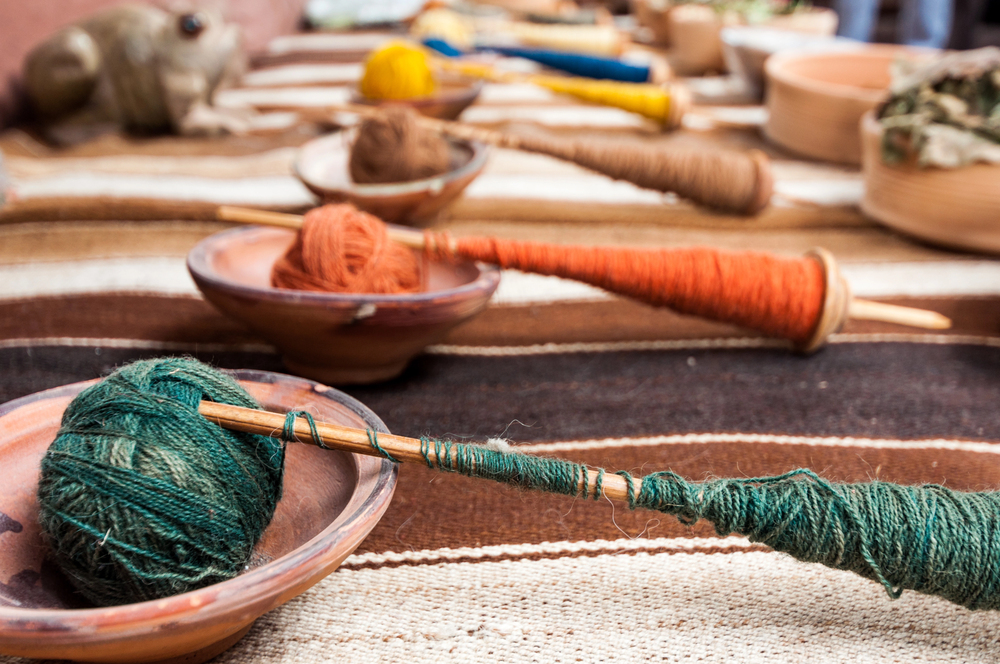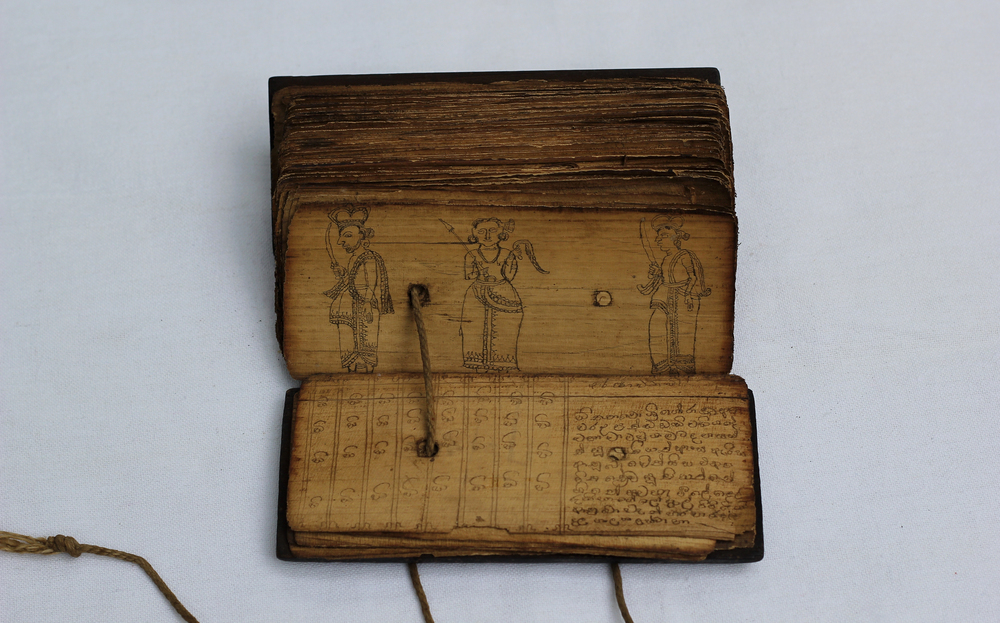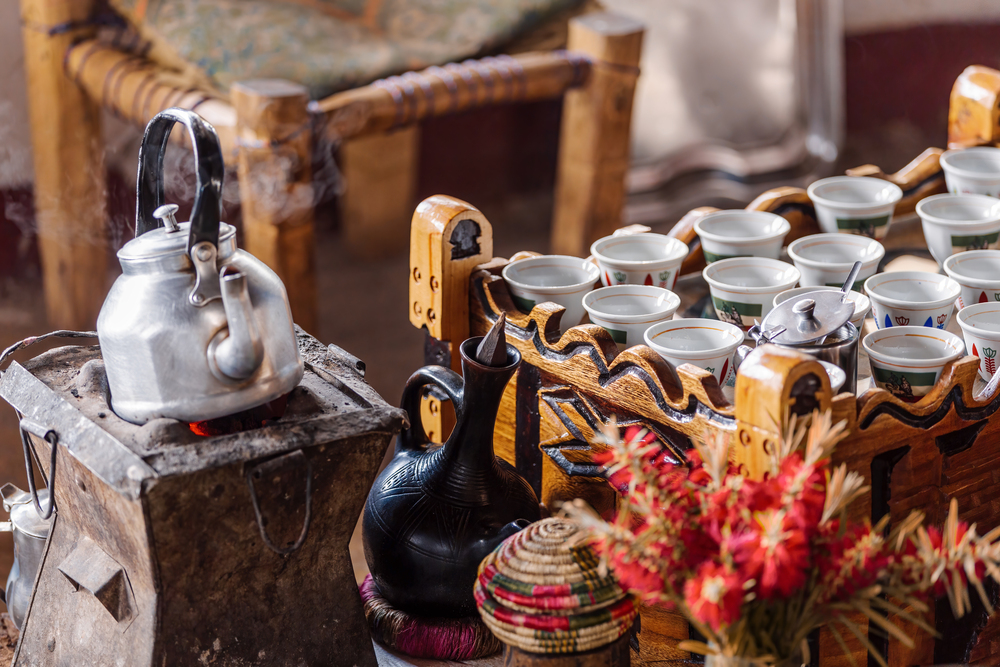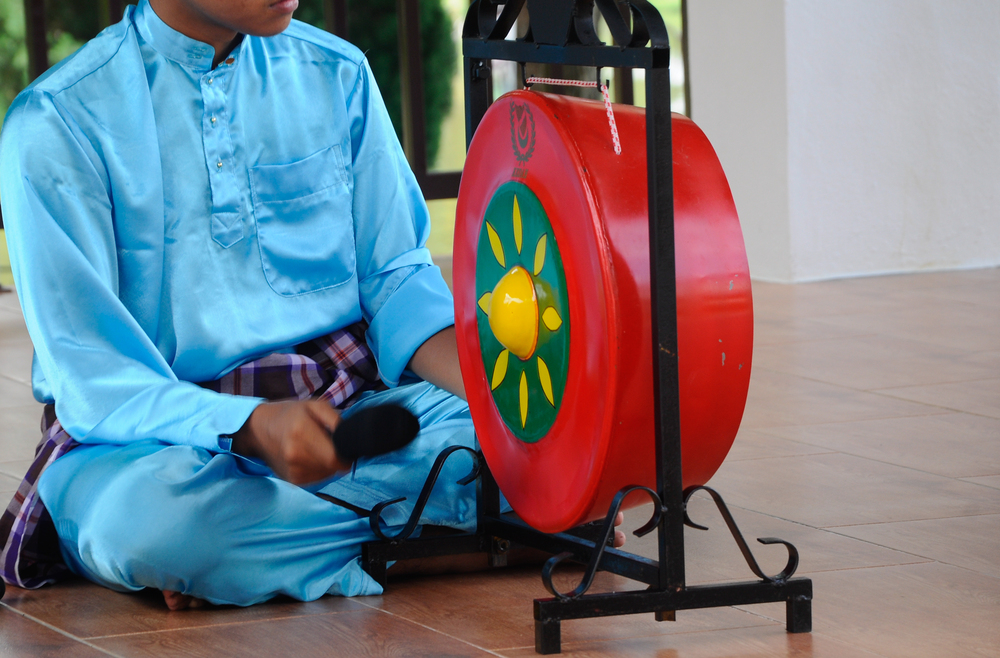Certain cultural practices have endured in remote villages worldwide, carefully
preserved by communities that understand their profound significance.
Anthropologists and artistic researchers document these traditions, representing
authentic ways of life that continue to shape communities today.
While many traditional practices have evolved to meet contemporary needs, these
customs maintain strong connections to their historical roots. Through careful study
and documentation, we can appreciate these genuine expressions of cultural
heritage that continue to thrive in various corners of the world.
Rural Theater Traditions

In certain regions of Shikoku, Japan’s fourth largest island, local communities
maintain distinctive rural theatrical traditions that represent a unique adaptation of
Japanese performance arts. These regional performances, which include traditional
theater and local folk customs elements, often incorporate specific regional variations in music, movement, and storytelling that reflect local cultural identity.
While distinct from the more well-known urban Kabuki tradition developed in cities
like Edo, these rural performances serve important community functions and are
typically performed during local festivals and special occasions. The performances
help preserve local histories and cultural elements while providing entertainment that
resonates with regional audiences and maintains connections to Japan’s rich
theatrical heritage.
Andean Textile Weaving

In isolated highland communities of Peru and Bolivia, weavers continue to create
textiles using techniques and patterns that date back to pre-Columbian times. The
complex process involves preparing wool from local alpacas and llamas, using
natural dyes derived from specific plants gathered at different altitudes.
Each pattern contains encoded information about local geography, weather patterns, and community history, serving as a form of non-written communication. The tradition is maintained through structured teaching relationships between experienced weavers
and younger community members.
Like Travel Pug’s content? Follow us on MSN.
Greek Karpathos Wedding Songs

The remote island of Karpathos in Greece maintains a vibrant tradition of wedding
songs that are essential to local cultural identity and celebration. Women in Karpathian communities preserve and perform a rich repertoire of traditional songs that accompany different phases of wedding ceremonies, from the bride’s preparation to the culmination of the festivities.
While these songs have evolved over generations through oral transmission, they retain distinctive melodic patterns and local dialectical features that make them unique to the island’s cultural landscape. The songs serve important social functions by expressing family relationships, community values, and local customs, contributing to preserving Karpathian cultural heritage in an increasingly modernized world.
Sami Reindeer Herding

Indigenous Sami communities in northern Scandinavia continue traditional reindeer
herding practices adapted for modern conditions while maintaining core cultural
elements. Herders use ancestral knowledge about weather patterns, vegetation
cycles, and reindeer behavior that has been scientifically verified as highly accurate.
The practice involves specific techniques for reading snow conditions and predicting
weather changes passed down through family lines. Modern research has confirmed
the effectiveness of these traditional methods in sustainable resource management.
Ainu Salmon Ceremonies

The indigenous Ainu people of northern Japan maintain traditional salmon fishing
ceremonies, which have been documented in historical records since the Edo period,
reflecting their deep cultural connection to salmon-bearing rivers. These ceremonies
include specific rituals performed throughout the fishing season, including prayers
and offerings that acknowledge the spiritual significance of salmon in Ainu culture
and demonstrate their traditional ecological knowledge.
The practices embody generations of careful observation of salmon migration patterns and river ecosystems, representing a sophisticated traditional approach to resource
management that has helped sustain the people and the salmon populations. While
modern scientific studies continue exploring the ecological implications of traditional
Ainu fishing practices, these ceremonies remain an important expression of Ainu’s
cultural identity and historical relationship with the natural world.
Like Travel Pug’s content? Follow us on MSN.
Tamil Palm Leaf Manuscripts

Villages in Tamil Nadu, India, preserve the ancient art of creating and maintaining
palm leaf manuscripts using techniques that date back over 2,000 years. Skilled
artisans prepare the leaves through a complex process involving boiling, drying, and
smoking, using methods verified through archaeological studies.
The manuscripts contain important medical knowledge, astronomical calculations, and historical records that continue to be referenced by scholars. This tradition helps preserve valuable information while maintaining historical documentation practices.
Moroccan Granary Management

Remote Berber villages in the Atlas Mountains maintain traditional communal
granary systems that have operated continuously for centuries. The granaries are
managed through a complex social organization system that has been extensively
documented by anthropologists and historians.
Each family maintains specific storage units according to traditional rules that ensure fair distribution and long-term food security. These practices have proven remarkably effective at maintaining food supplies in challenging environmental conditions.
Vietnamese Water Puppet Theater

Villages in the Red River Delta of Vietnam preserve the traditional art of water
puppet theater, which originated in rice paddies during the 11th century. Puppeteers
stand in waist-deep water behind screens, manipulating wooden puppets through
intricate mechanisms documented in historical records.
The performances incorporate specific music and narrative elements that have remained consistent for generations while adapting to contemporary audiences. This tradition maintains historical performance techniques while serving as a living archive of local stories.
Like Travel Pug’s content? Follow us on MSN.
Ethiopian Coffee Ceremony

Remote communities in Ethiopia’s highlands maintain traditional coffee ceremonies
that follow precise protocols documented since the 16th century. The ceremony
involves specific preparation methods, including washing, roasting, and grinding the
beans using traditional tools and techniques.
Each step of the process carries social significance and must be performed in an exact sequence maintained through generations. The tradition preserves important social bonds while maintaining cultural practices around Ethiopia’s most famous export.
Lithuanian Cross Crafting

Traditional cross-crafting practices in isolated regions of Lithuania continue
according to techniques officially recognized by UNESCO. Craftspeople follow
specific patterns and methods documented since pre-Christian times, incorporating
religious and cultural symbols.
The creation process involves tools and wooden preparation techniques passed down through established apprenticeship systems. These crosses serve as important markers of cultural identity and historical continuity.
Bhutanese Mask Dancing

Monasteries throughout Bhutan preserve the sacred tradition of cham (mask
dancing), which gained its current form during the formalization of the monastic order
in the 17th century. The dances combine religious symbolism with cultural storytelling, requiring monks to undergo intensive training to master the precise movements and spiritual significance of each performance.
The masks themselves are crafted by skilled artisans following strict traditional guidelines, with each character representing specific deities or historical figures from Buddhist teachings. These sacred performances, typically held during tsechus (religious festivals), serve as a form of meditation, religious instruction, and cultural preservation for local communities.
Like Travel Pug’s content? Follow us on MSN.
Persian Qanat Management

Villages in central Iran maintain traditional Qanat water management systems that
have operated continuously for over 2,000 years. The maintenance of these
underground water channels requires specific knowledge and skills that have been
documented through historical records and contemporary research.
Communities follow established rules for water distribution and system maintenance that have proven remarkably sustainable over time. These traditional practices continue to provide reliable water access in arid regions.
Malaysian Gong Making

Remote communities in Sabah, Malaysia, preserve traditional bronze gong-making
techniques that have been documented since the early medieval period. The
process involves specific metalworking methods and tuning practices that require
years of apprenticeship to master.
Each gong serves particular ceremonial functions and must meet exact acoustic requirements consistent through generations. The tradition maintains important cultural knowledge while producing instruments essential for community ceremonies.
Irish Currach Building

Coastal communities on Ireland’s western islands have documented traditional
techniques for building currach boats since medieval times. The construction
process involves specific methods for selecting and preparing materials, including
treating wood and creating waterproof coverings.
Each boat must meet exact specifications proven effective through centuries of use in challenging Atlantic conditions. This tradition preserves important maritime knowledge while maintaining practical transportation methods for island communities.
Like Travel Pug’s content? Follow us on MSN.
Nepalese Paper Making

High-altitude villages in Nepal continue traditional methods of making lokta paper,
which has been practiced for over a thousand years. The process involves harvesting and processing specific mountain shrubs through documented techniques that vary by season and altitude.
Each step of the papermaking process follows established protocols verified through historical records and contemporary research. This tradition maintains sustainable resource management while producing paper for important cultural and practical purposes.
Honoring Authentic Heritage Through Living Traditions

These documented traditions represent verified cultural practices that continue to
thrive in remote communities worldwide. Each example demonstrates how traditional
knowledge and skills remain relevant and valuable in contemporary contexts. These
practices preserve important cultural heritage and offer insights into sustainable
living and community organization.
By understanding these authentic traditions, we appreciate the depth and diversity of
human cultural achievement while recognizing the importance of preserving this
living heritage for future generations.
More from Travel Pug

- 15 Dangerous European Cities to Avoid
- 15 Caribbean Islands Where Tourists Keep Getting Scammed
- The 20 Most Fascinating Abandoned Places: A Journey Through Time and Forgotten Spaces
- 15 Hidden Places in the Smithsonian Museums Locals Love: A Guide to Lesser-Known Treasures
- 16 Hidden Florida Beach Towns That Aren’t Overrun with Tourists
Like Travel Pug’s content? Follow us on MSN.
